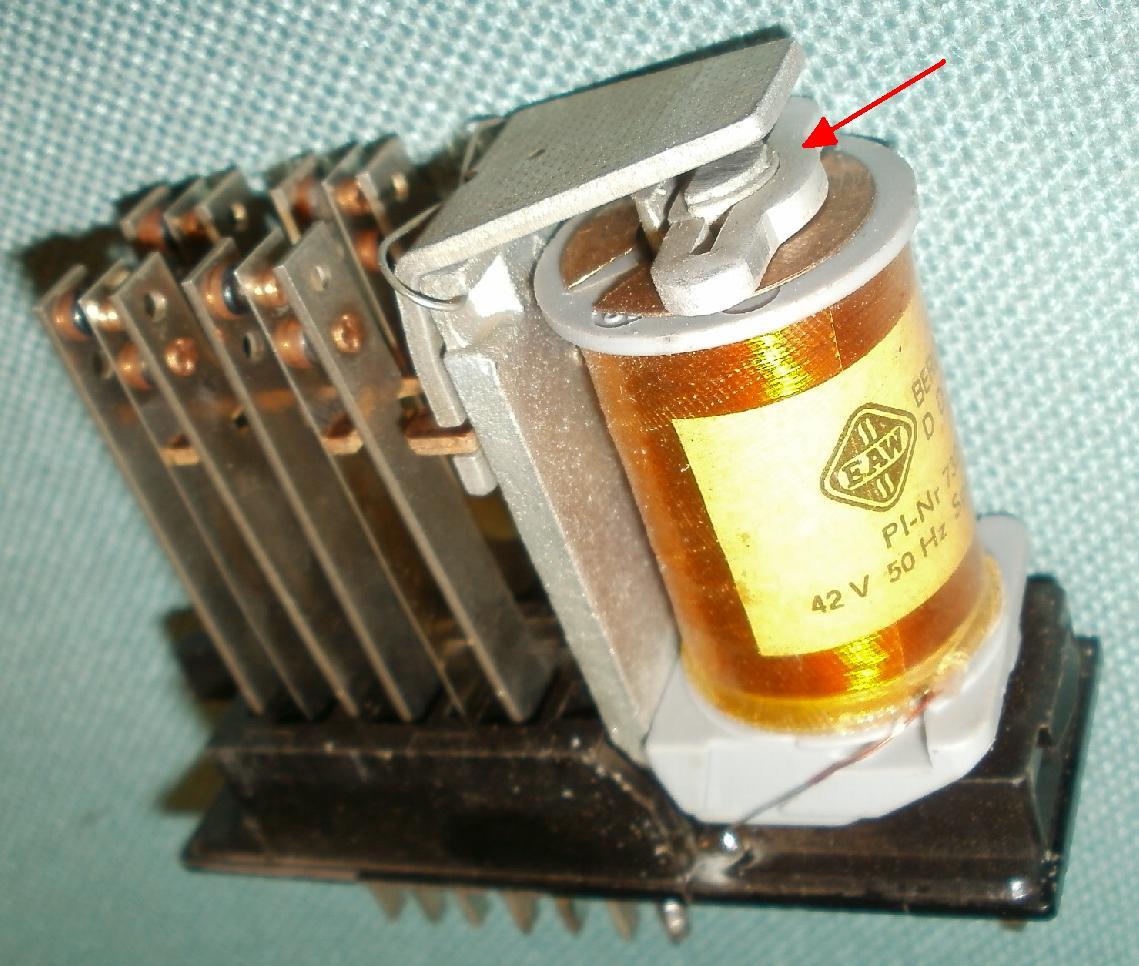Athosworld
Member
Why does adding a capacitor in series to an AC motor increase its speed? The capacitor does boost the voltage somehow because the input voltage is 132v (mexican mains) and coming out from the capacitor are 230v. This has to do with the inductance because it wont work without the motor. I made it, photos below:







